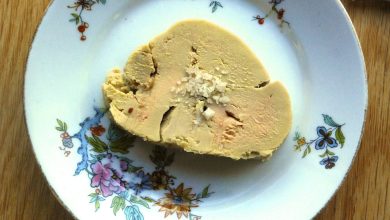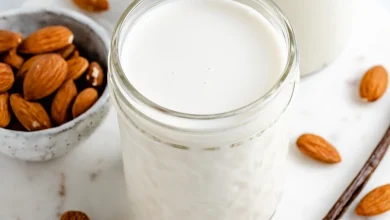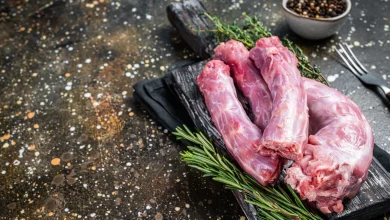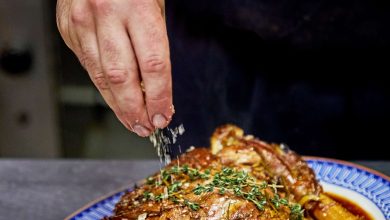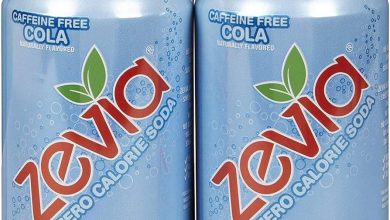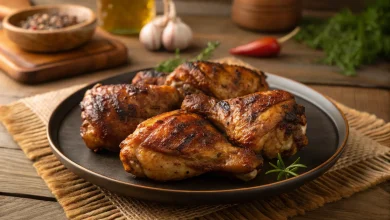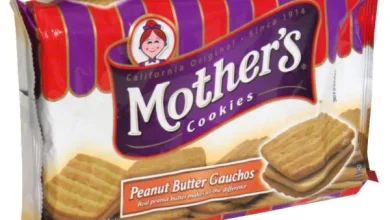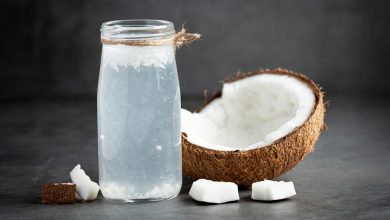Ingredient Overview: Lard
Lard is a versatile fat traditionally used in baking, frying, and savory cooking for its rich texture and flavor-enhancing qualities. This ingredient is known for its smooth consistency and neutral taste, making it a popular choice for pie crusts, pastries, and frying.
| Nutritional Information | Per 100g |
|---|---|
| Energy | 902 kcal |
| Protein | 0.0 g |
| Total Fat | 100.0 g |
| Saturated Fats | 39.2 g |
| Carbohydrates | 0.0 g |
| Dietary Fiber | 0.0 g |
| Sugars | 0.0 g |
| Calcium | 0.0 mg |
| Iron | 0.0 mg |
| Magnesium | 0 mg |
| Phosphorus | 0.0 mg |
| Potassium | 0.0 mg |
| Sodium | 0.0 mg |
| Zinc | 0.11 mg |
| Copper | 0.0 mcg |
| Manganese | 0.0 mg |
| Selenium | 0.2 mcg |
| Vitamin C | 0.0 mg |
| Thiamin (B1) | 0.0 mg |
| Riboflavin (B2) | 0.0 mg |
| Niacin (B3) | 0.0 mg |
| Vitamin B6 | 0.0 mg |
| Folate | 0.0 mcg |
| Vitamin B12 | 0.0 mcg |
| Vitamin A | 0.0 mcg |
| Vitamin E | 0.6 mg |
| Vitamin D (D2) | 2.5 mcg |
Allergen Information
Lard is a pork-derived product and is free from common allergens like gluten, dairy, and nuts. However, it is not suitable for vegetarian or vegan diets due to its animal origin. Additionally, individuals avoiding pork for dietary or cultural reasons should seek alternative fats like coconut oil or vegetable shortening.
Dietary Preferences
Lard is appropriate for ketogenic and low-carb diets due to its high-fat, zero-carbohydrate profile. It is a source of natural fats but may not align with plant-based or heart-healthy diets, given its saturated fat content. Those following a traditional or paleo diet may consider it a viable option in moderation, particularly for recipes that require high-heat cooking.
Usage Advice
For best results, use lard in recipes where a rich, flaky texture is desired, such as pie crusts or biscuits. Due to its stability at high temperatures, lard is also excellent for frying. Store it in a cool, dry place and refrigerate to extend its shelf life.
Conclusion
Incorporating lard in recipes can enhance flavor and texture, particularly in baked goods and fried dishes. While rich in calories and saturated fats, it remains a popular choice in traditional cooking. Use it mindfully as part of a balanced diet to enjoy its unique culinary benefits.



